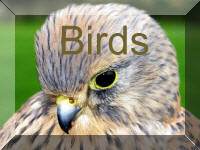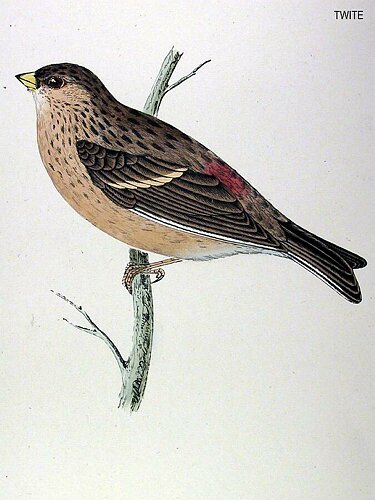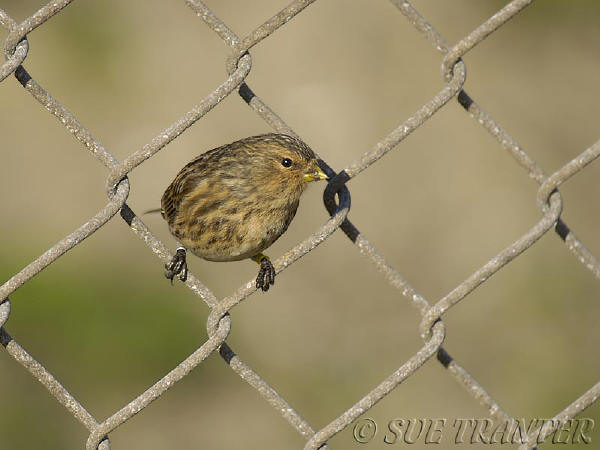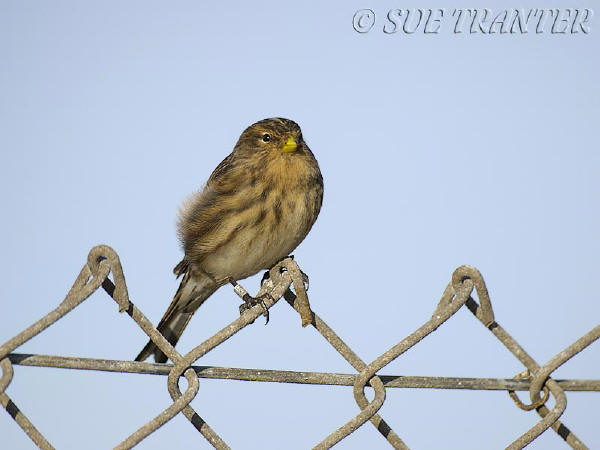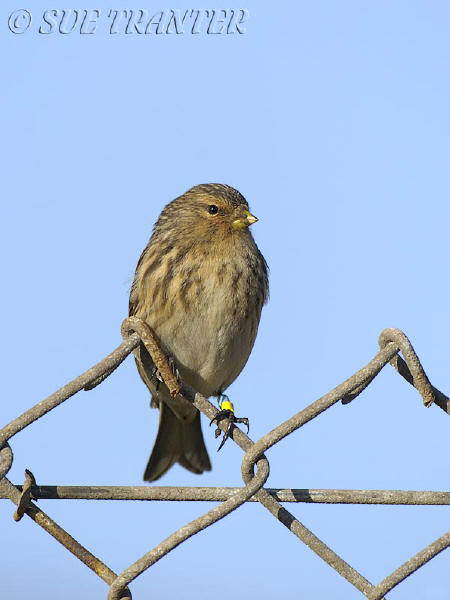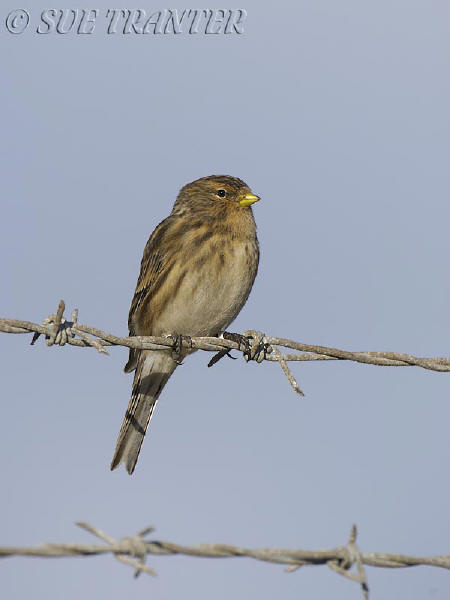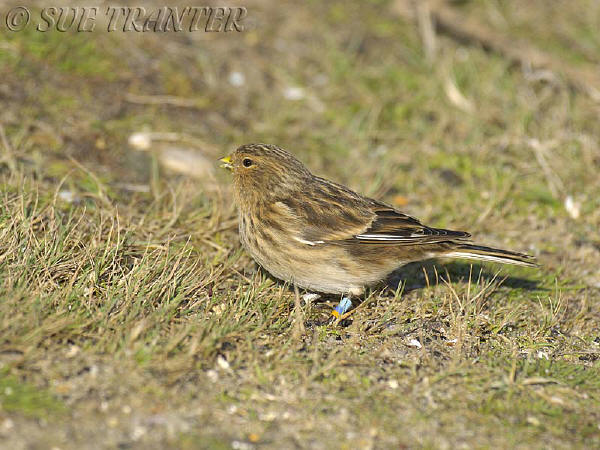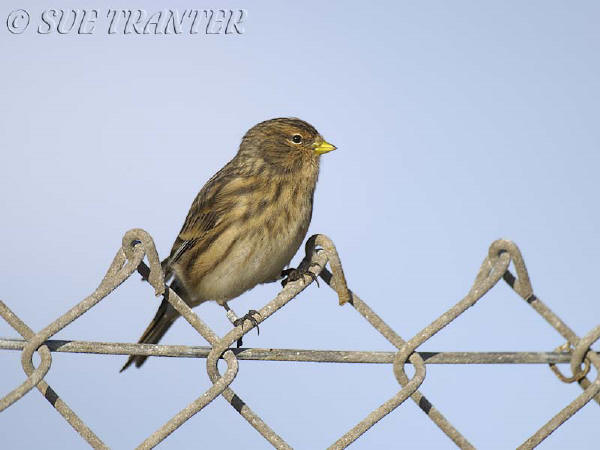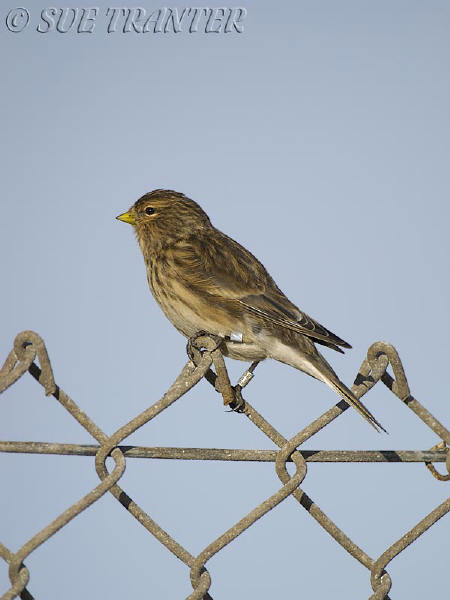Back To

What Doest the twite look like ?
The twite is a small, brown bird, similar in size to a linnet but with a longer tail and stubbier bill. Its back is tawny, heavily streaked with dark brown, its flanks have dark-brown streaks and its belly is white. In breeding plumage the male's rump is pink. It forms large flocks in winter when it spends most of the time feeding on the ground .The Twite looks very much like a juvenile Linnet since it has the same white panels in the wing and tail. In winter though the Twite are readily distinguished since it has a bright, pale, yellowish bill which stands out against an otherwise dark head. Only in certain lights will the bill of a Linnet look pale. In summer the Twite's bill is darker so you must rely on more subtle features: the Twite is generally darker and drabber than a Linnet with a neater pale bar across the wing and a plainer, buff face and throat with hardly any evidence of dark and light moustchial lines. Summer is also the time when the pink rump of the male Twite is most obvious.
How big Is It ?
Aprox 13.5 cm, weighing 18 g
